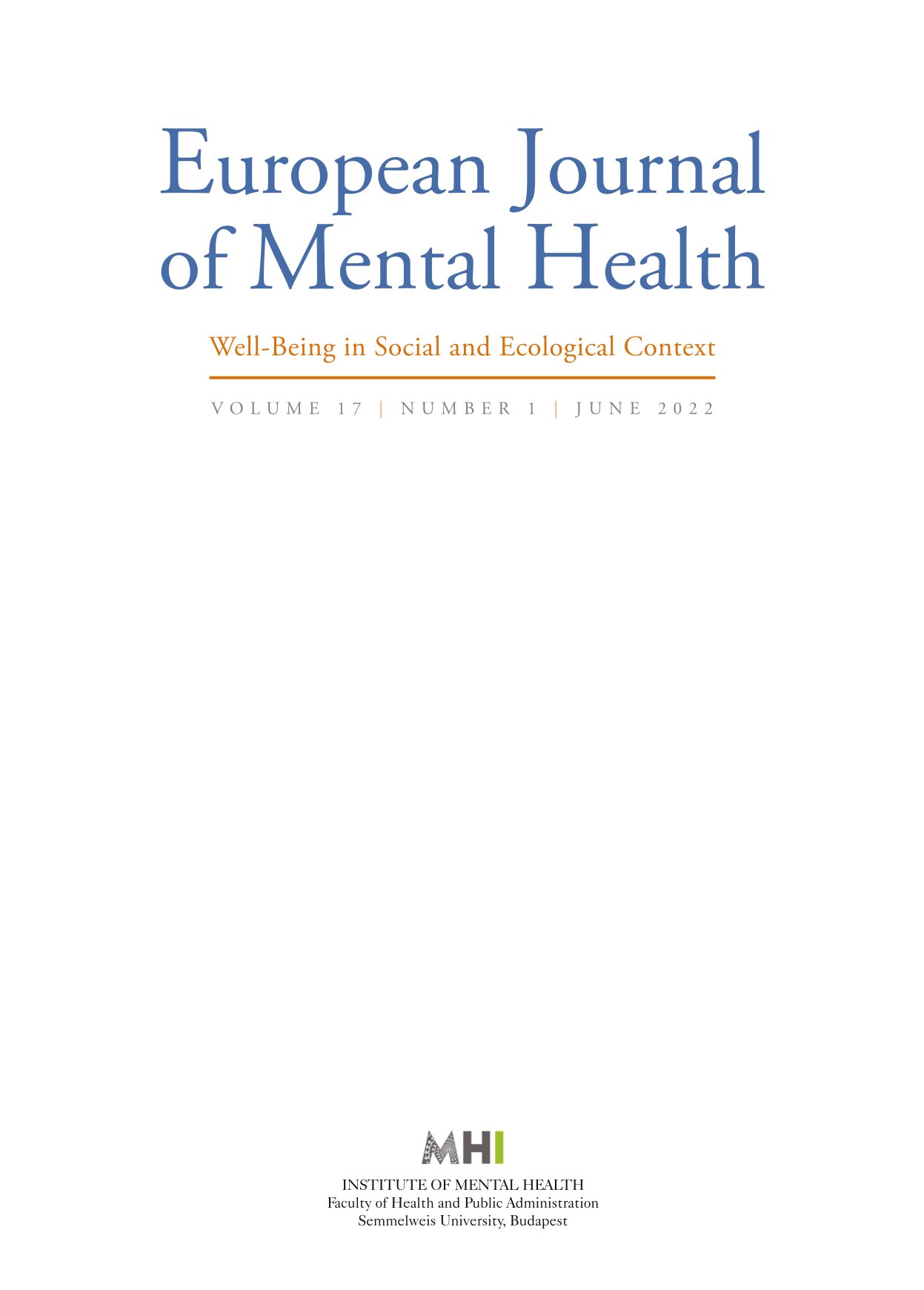How Do Poles Perceive Schizophrenia? Furnham and Chan’s Questionnaire in Poland
How Do Poles Perceive Schizophrenia? Furnham and Chan’s Questionnaire in Poland
Author(s): Joanna GóźdźSubject(s): Social Sciences
Published by: Semmelweis Egyetem Mentálhigiéné Intézet
Keywords: schizophrenia; Poland; mental illness; social representations; lay knowledge
Summary/Abstract: Introduction: Individuals with psychosis spectrum disorders may be negatively affected by exclusion and rejection. It is important to answer “why”? This article presents social representations of schizophrenia in Polish society.Aims: The study’s aim was to examine the properties of the sixty-item questionnaire on attitudes, attribution and beliefs about schizophrenia in the Polish sample and to compare the results with the results obtained in the English-Chinese sample.Methods: The study included 398 participants (aged 19–74); all were working persons. Furnham and Chan created the questionnaire, a tool containing 60 items describing general beliefs about schizophrenia, causal explanations in the etiology of schizophrenia, as well as beliefs about the role of hospitals and society in the treatment of schizophrenia. Factor analysis (PAF) was carried out separately for three parts of the tool.Results: The structure of the questionnaire that was obtained on the Polish sample differs from that obtained on the English-Chinese sample. Some factors remain similar. Reliability analysis based on Cronbach’s Alpha values reached satisfactory levels in most of the factors revealed. Conclusions: The questionnaire is a reliable tool for examining social representations of schizophrenia. The Polish sample does not show punitive inclinations, does not attribute negative traits to schizophrenics, and does not agree to creating social distance.
Journal: European Journal of Mental Health
- Issue Year: 17/2022
- Issue No: 1
- Page Range: 15-24
- Page Count: 10
- Language: English

